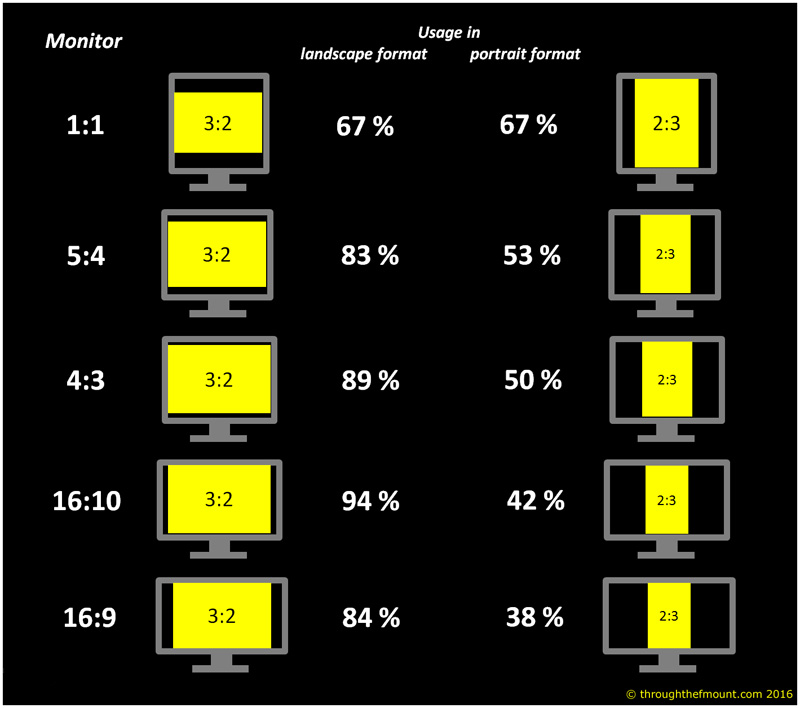Despite the 21.5" is greater in value than the 19", it does not necessarily translate to absolute bigger screen real estate. You should take into account the
aspect ratio of the monitors.
Your old
19" 1280x1024 monitor has an aspect ratio (width:height) of
5:4. It's
almost square in shape. With a 19" diagonal, the physical dimensions of your old monitor's screen would be approx. 14.9" wide x 11.9" high.
Your new AOC
21.5" 1920x1080 monitor is
16:9. It's
more rectangular in shape. With a 21.5" diagonal, the physical dimensions of your AOC screen would be approx. 18.7" wide x 10.5" high.
So, your old 19" monitor is actually taller but
narrower, while your new 21.5" AOC monitor is actually wider but
shorter.
Games of today play well with such 16:9 ratio (wide screen) as well as watching films/movies. But in terms of drawing, and photo/multimedia editing, (and watching older films or TV shows), the 5:4 would give you more vertical screen real estate that is great especially for drawing/editing portraits at full screen without zooming/cropping.
Even if you get a 24" monitor, if both the resolution and the aspect ratio is the same at 1920x1080 = 16:9, then, you'll still get the same amount of viewable data as in your AOC 21.5" monitor, although this time, your actual monitor is larger in physical size. The effect of a
larger-sized monitor with the
same resolution/aspect ratio is that its
pixel density will be lesser (pixelated effect = pixels can be seen when viewed very closely) when compared to a smaller-sized monitor with the same resolution/aspect ratio (where image seems sharper due to higher pixel density).
Thus, it is more often recommended for graphics/drawings that you get a higher resolution monitor when you go up the screen size.


